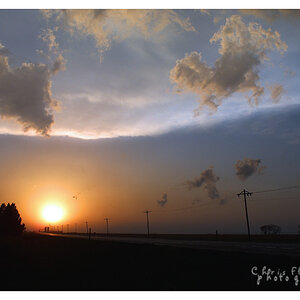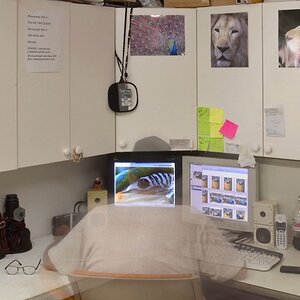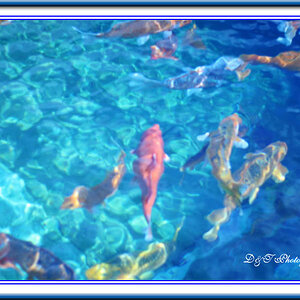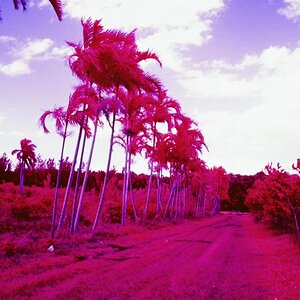Grandpa Ron
Been spending a lot of time on here!
- Joined
- Aug 9, 2018
- Messages
- 1,156
- Reaction score
- 703
- Can others edit my Photos
- Photos OK to edit
How many megapixels does it take to equal the resolution of a 35 mm negative printed to 8" x 10".
I was told my old 3.2 megpix would make an 8x10 print, just barely.
So the question, is how many megapixels does it take for a digital camera to match the picture quality of a good 35mm film camera? Also is it proportional to 120, 4x5 and other formats
I was told my old 3.2 megpix would make an 8x10 print, just barely.
So the question, is how many megapixels does it take for a digital camera to match the picture quality of a good 35mm film camera? Also is it proportional to 120, 4x5 and other formats



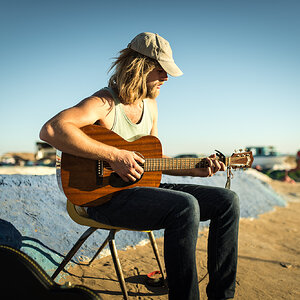
![[No title]](/data/xfmg/thumbnail/38/38720-f0f83c1b09a42065eefec8923841d54d.jpg?1619738701)
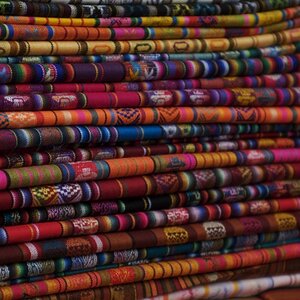


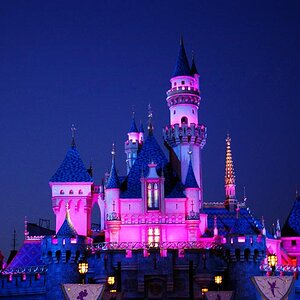
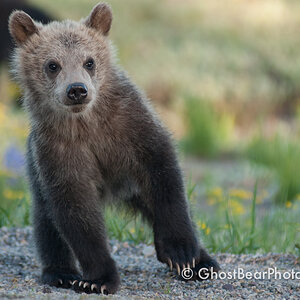
![[No title]](/data/xfmg/thumbnail/41/41779-303c41fcb3e37507cbe986d76dbfcf85.jpg?1619739890)
